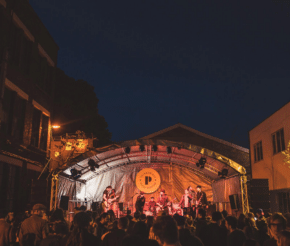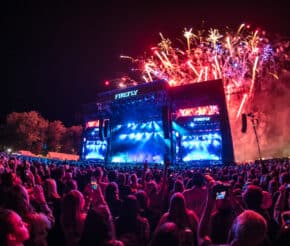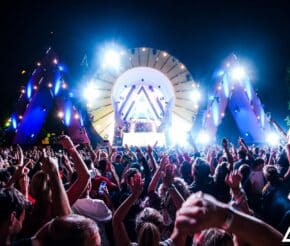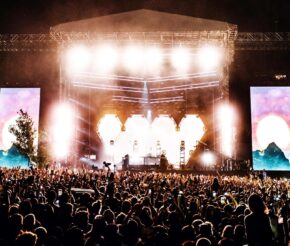- Advertise
-
Subscribe
All About Electric Daisy Carnival Festival
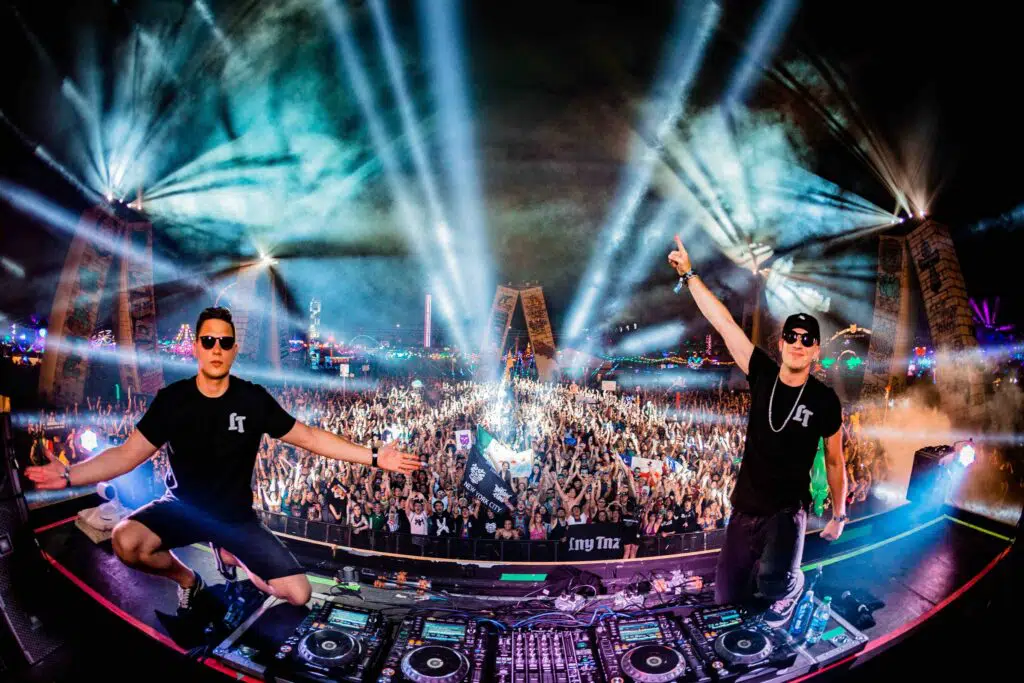
Electric Daisy Carnival is among the largest EDM festival in North America with a long history of three decades.
The festival took off in 1991, put together by Stephen Hauptfuhr, an EDM DJ from Los Angeles. It is an annual festival, adding sizzle to the summers in May each year.
EDC has been held at the unique location of Las Vegas Motor Speedway, to the north-east of Las Vegas city, since 2011.
The annual Vegas festival has over three decades of star-studded lineups and has moved to locations across the globe with the growth of its popularity and reputation.
Spanning all genres of EDM, the summer festival titan has something to offer all lovers of electronic music and good vibes.
With out-of-this-world performances and sell-out shows under its belt, EDC has definitely made a name for itself as one of the must-visit music festivals in the world.
Here’s everything you need to know about Electric Daisy Carnival.
It was founded in 1991… and again in 1997
The first incarnation of the festival happened in 1991 and was founded by Stephen Hauptfuhr.
But it had only its name in common with the Electric Daisy Carnival we know and love today.
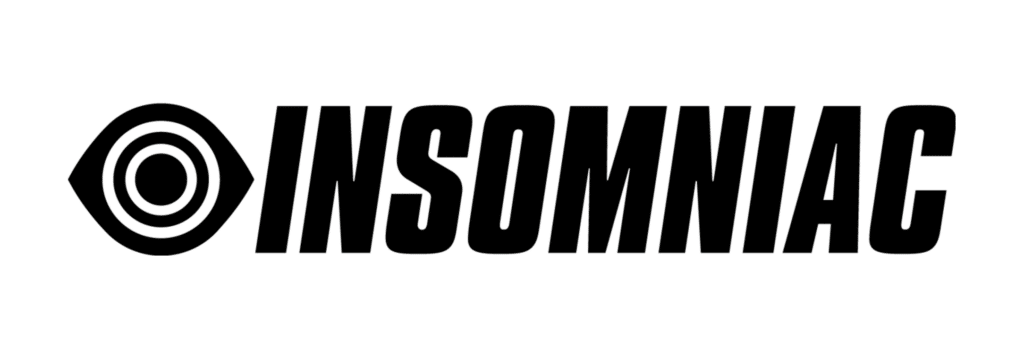
In 1995, Pasqualle Rotella (CEO of Insomniac Events) bought the rights for the festival’s name, launching EDC round two in 1997 at the Shrine Expo Hall in Los Angeles. And the rest is history.
It’s the largest electronic dance festival in North America
Although EDC has sprawled across the North American continent (and the globe), its flagship event in Las Vegas, Nevada is going nowhere.
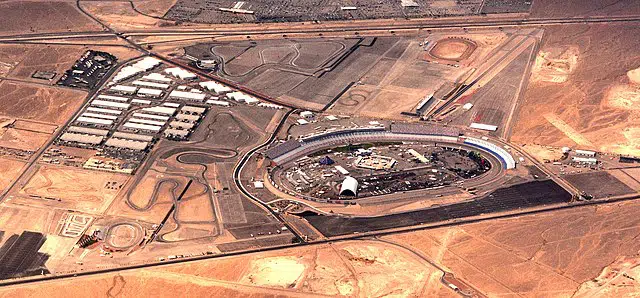
Attracting audiences so huge it’s had to find new ways to accommodate its popularity every year, EDC’s Las Vegas Motor Speedway event has earned the franchise the title of largest electronic dance music festival in North America.
The festival hosts the creme de la creme of the EDM world
If you’re into electronic music, you’re sure to find your favourite artist at Electric Daisy Carnival.
Over the festival’s 25-year history it’s had a roster of headliners like no other. Famous DJs who have played the gig include the likes of Calvin Harris, Diplo, Alesso, Dillon Francis, Martin Garrix, Zedd, Afrojack, and Tiësto (AKA pretty much everyone who’s anyone in the EDM world).
It’s a feast for the eyes as much as for the ears
What makes Electric Daisy Carnival a cut above the rest is the whole package it offers its visitors – from fairground superstructures to neon light shows and LED-studded jungles of psychedelic-looking plants. Yep, it’s a lot.
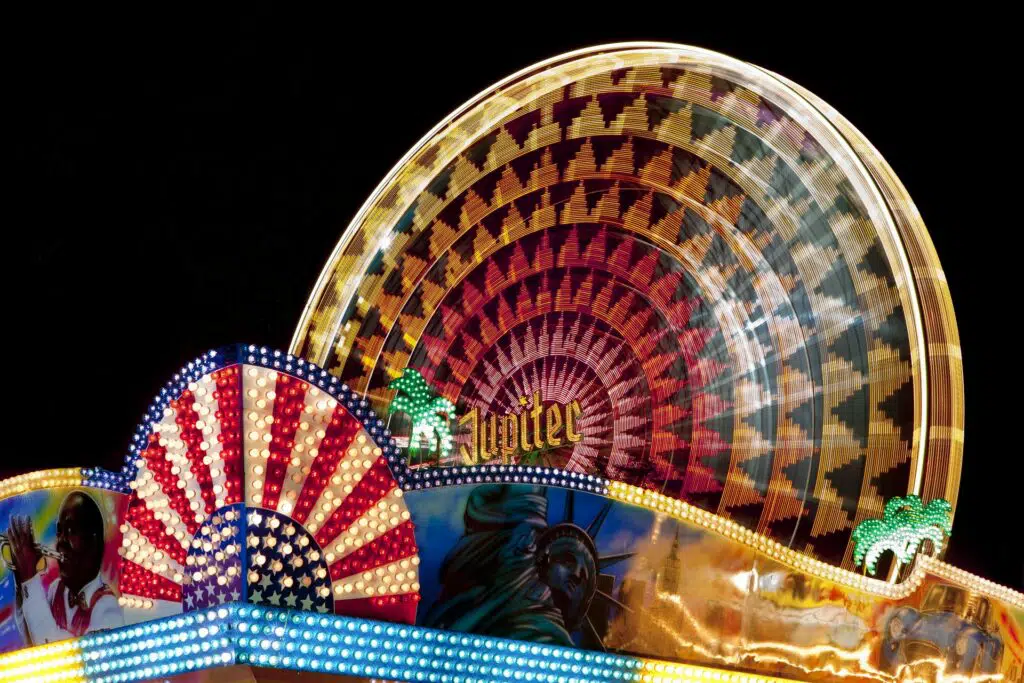
In addition to lighting technicians, DJs, and food vendors, EDC also books carnival performers to entertain the crowds with crazy tricks involving pyrotechnics and optical illusions.
On top of all that, if you fancy getting some errands done there’s also an on-site post office where fans can send vintage postcards of the festival through the years to their loved ones back home.
The festival hosts events at home and away
Considering how quickly it gained worldwide stardom, it’s unsurprising that the EDC brand took the decision to go global.
In 2009, the music festival took to Puerto Rico. It has since debuted in Mexico, the UK, Brazil, Japan, India, and China – the latter of which it returns to annually.
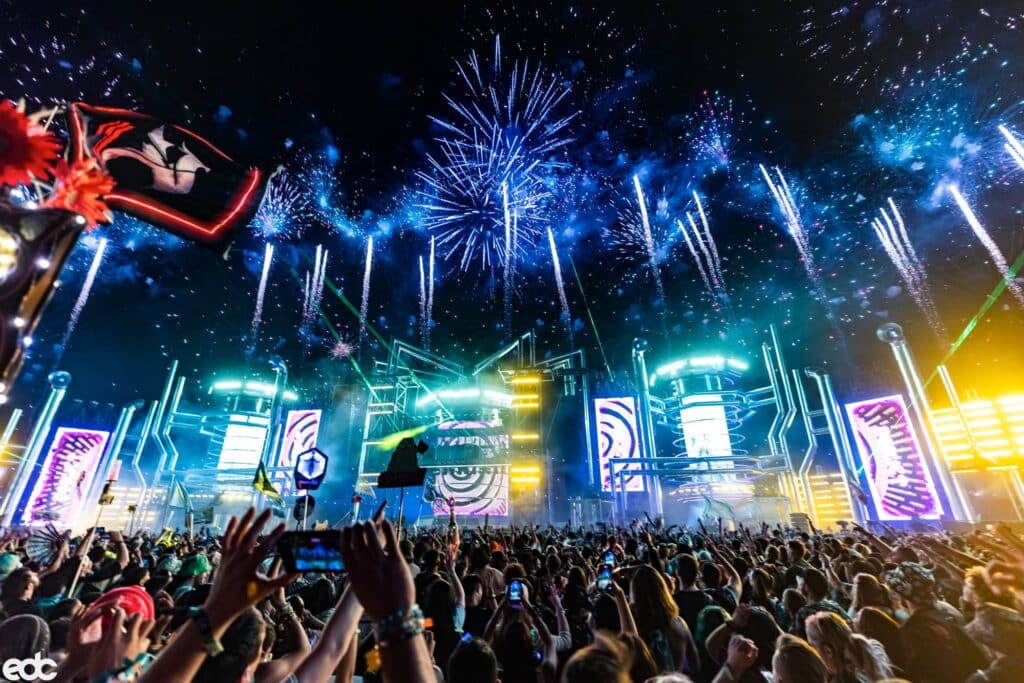
It keeps on growing year after year
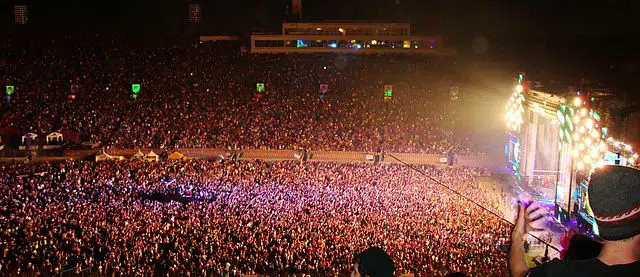
In 2009, Electric Daisy Carnival took the leap from being a daytime festival to a two-day event.
2011 saw it add on another day, attracting 230,000 guests. 2015 saw a third day along with 400,000 party-goers.
2018 was the year the festival introduced camping facilities. And in the last three years, the flagship has expanded over eight stages and 500,000 visitors (as of 2021).
Which begs the question… what next?
It won ‘Festival of the Year’ in 2017
In the debut year of the Electronic Music Awards (hosted in Los Angeles), Electric Daisy Carnival beat out fellow nominees Tomorrowland, Electric Forest, Movement, and Lightning in a Bottle to win the top spot.
If that wasn’t enough fame, 3.4 million fans joined to watch the live stream in two and a half hours when it aired on Twitter.
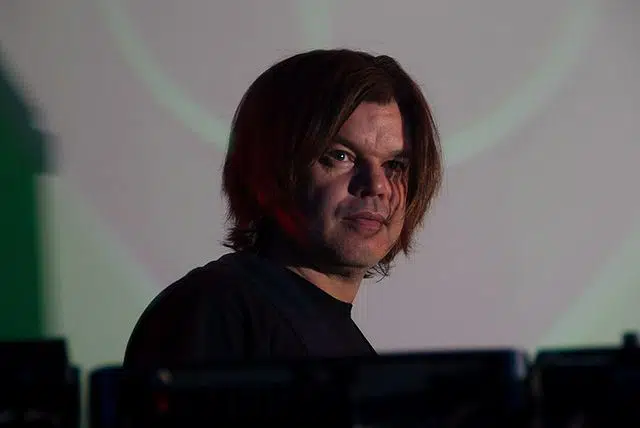
It’s a socially-conscious festival
Large music festivals often get a bad rep in the press. Their negative environmental impact is enough to get people in their thousands petitioning to ban them – or make huge changes to their setups, at the very least.
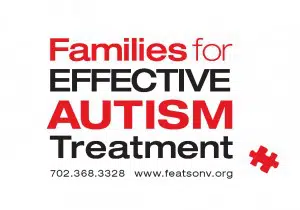
But Insomniac Events are one of the more socially responsible festivals, donating a percentage of their ticket sales to a whole host of causes that aim to offset their events’ negative impacts with positive ones.
Some of the organisations Electric Daisy Carnival has helped over the years include Nevada Childhood Cancer Foundation, Rock the Vote, and Families for Effective Autism Treatment.
Over 300 couples have gotten married at the festival
It wouldn’t be Vegas without a shotgun wedding – or 300. According to Thrillist, more than 600 people tied the knot at the electronic music festival, as EDC registered 300 legal weddings in 2016 since its Las Vegas beginning.
Because of the popularity of EDC’s first on-site chapel, festival organisers decided to add a second one.
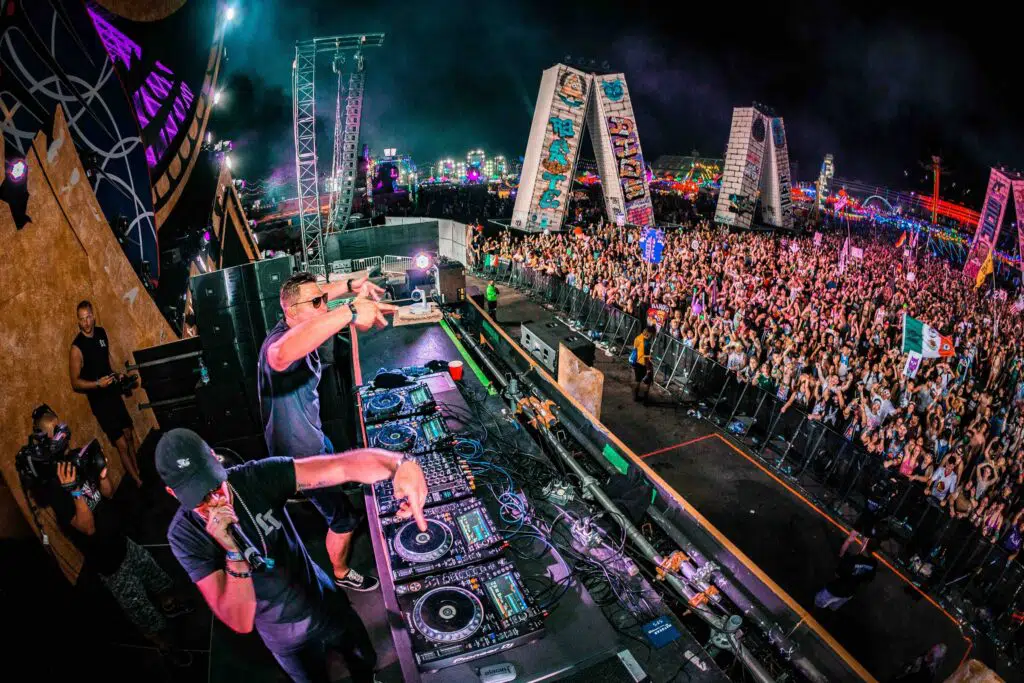
Party-lovers keen to tie the knot now have the option of either the ‘Chapel of Nature’ or the ‘Chapel of Future’ – better suited to tech-lovers and sci-fi buffs.
The festival wasn’t always a mega money-maker
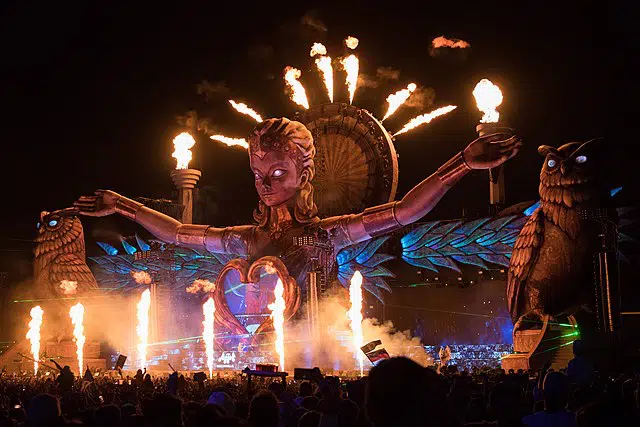
Nowadays, Electric Daisy Carnival Festival is best-known as a monster money-maker, pumping over $2 billion into the Vegas economy.
But it wasn’t always that way.
In its debut year, the event was controversial at best and scandalous at worst, stoking up anger from the local LA community at the wild antics of its partygoers and performers.
As Rotella put it in a Las Vegas Review-Journal interview:
“I was on my own financing this thing and I had lost — or invested, however you want to look at it — millions of dollars that first year”
Just as well that he persevered then. The festival has since hosted three million guests. Add to that the fact that the average ticket costs in the region of $600, and you can do the math.
